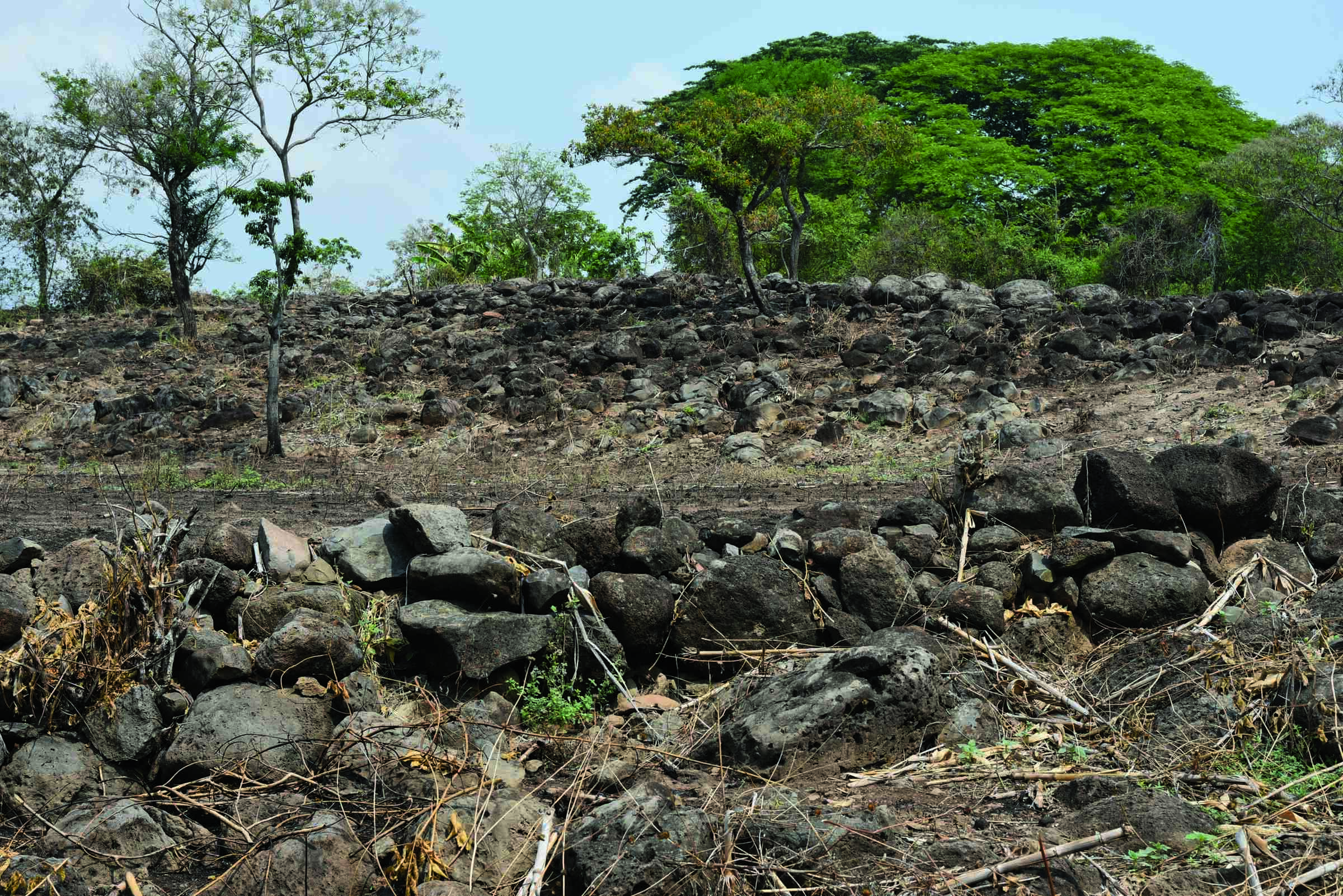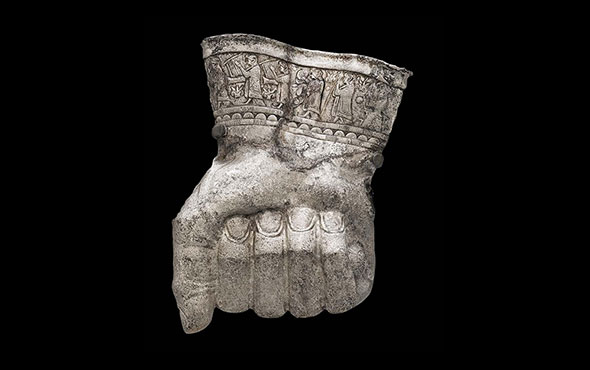
ROME, ITALY—According to a statement released by the Public Library of Science, archaeologists have uncovered the oldest Neolithic ships known to have traversed the Mediterranean Sea at the site of La Marmotta, a lakeshore village near Rome. A team of archaeologists led by Juan F. Gibaja of the Spanish National Research Council in Barcelonaanalyzed five "dugout" canoes dated to between 5700 and 5100 B.C. and crafted from hollowed-out trees, which are burned and made up of four different kinds of wood. According to the researchers, the structurally sound seagoing vessels will help pinpoint the origins of sailing and provide a schema to better understand the specialized labor employed at the time. The La Marmotta canoes and occupation of many eastern and central Mediterranean islands during the Mesolithic and early Neolithic periods, they explained, not only offer irrefutable proof of such societies traveling across water, but also provide insights into the societal complexity as well as social and technological organization required for such feats. Read the original scholarly article about this research in PLOS ONE. To read more about ancient boatbuilding and shipwrecks in the Mediterranean, go to "A Stitch in Time."










